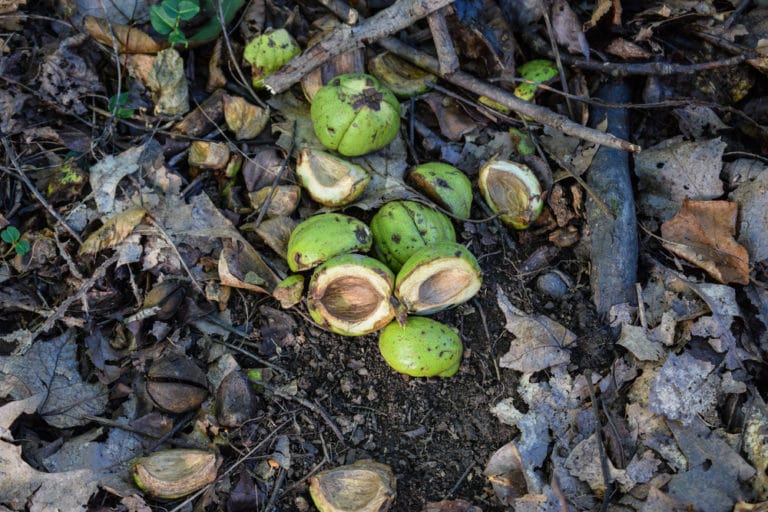

POISONOUS CASHEW HARVESTING SKIN
This toxin, urushiol, typically causes a delayed skin reaction that is in the same family as poison ivy. There is an extra element that makes retrieving cashews from their apples tricky- the actual cashew is inside a shell, and that shell contains a toxic substance. Beyond the Nut harvests and processes cashews in their home location of Benin, West Africa in order to empower local workers and cut down on the additional carbon footprint of shipping to a third locale. However, Vietnam has historically used forced labor to process cashews. Asia, particularly Vietnam, has been a popular location in the past. However, the nut can be stored in a cool and dry place for up to two years.Ĭashews are typically harvested from tropical locations, like Brazil or parts of Africa, and then sent overseas for processing.

The apples themselves are edible, though they are extremely perishable so usually must be eaten locally and immediately. The nut can then be twisted to separate them from the apple. Many people will also wait for the apple to fall to the ground to ensure it is ripe. About two months after the fruit has set, the apple will take on a pink or red hue and the nut will turn gray, signaling they are ready to be picked. Out of that stem grows a single cashew.Ĭashew apples and cashew nuts typically form in the winter or a dry season. This is because they form out of something called a cashew apple, which is a large swollen stem that looks similar to an apple you would think of today. The first thing many people don’t realize about cashews is they are technically a seed, not a nut. But the process of getting cashews to your table is long and can even be dangerous in some stages, especially when companies don’t follow ethical guidelines or operate under fair trade rules. When it comes to cashews, most people would probably say that they’re picked from a plant of some sort and then packaged and delivered as a final product like raw cashew pieces. We may know that it comes from a tree, or an animal, or a processing plant but not much more. For most of us, we do not have to think about where our food has come from once it’s on the shelves of a grocery store.


 0 kommentar(er)
0 kommentar(er)
